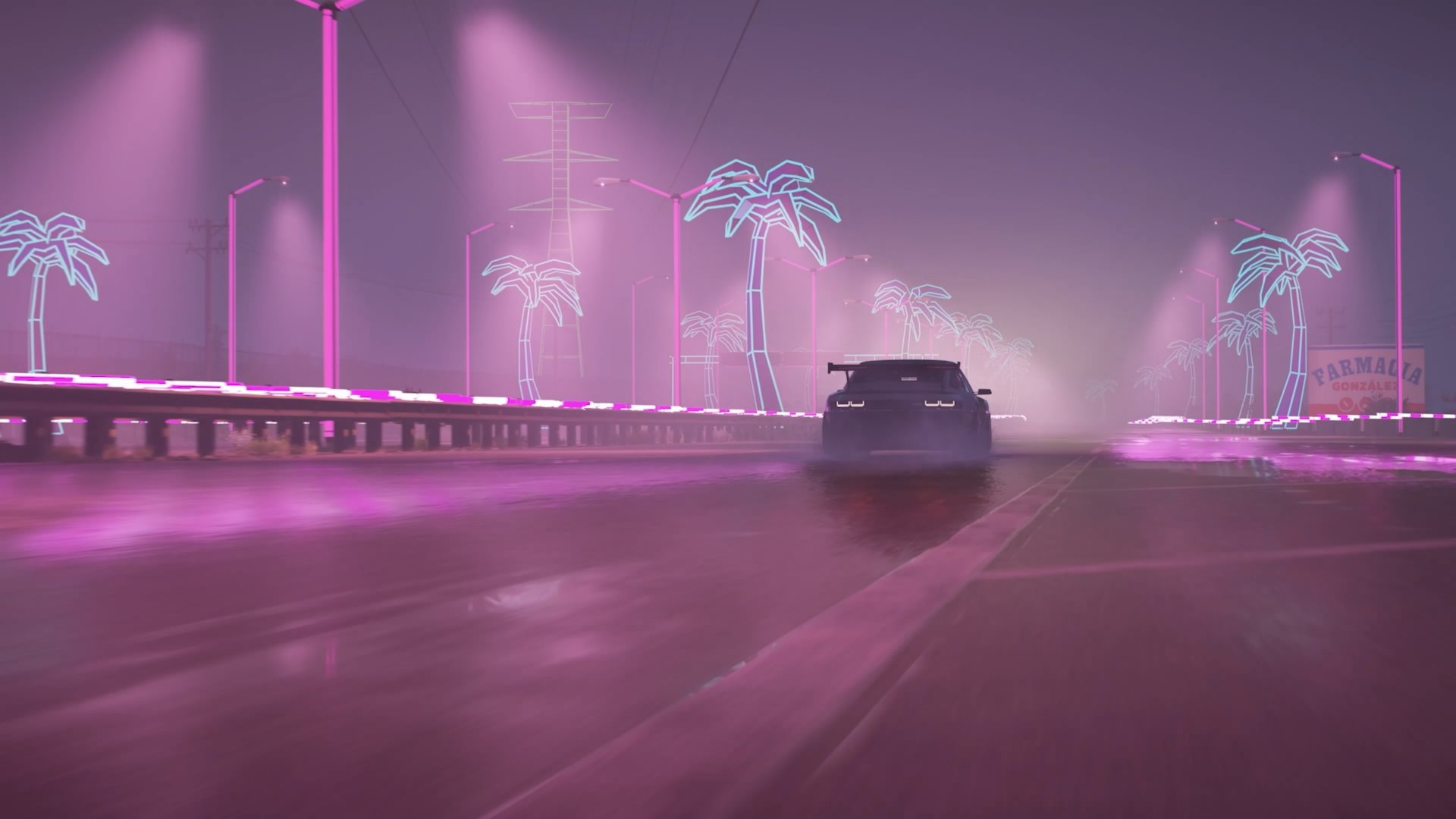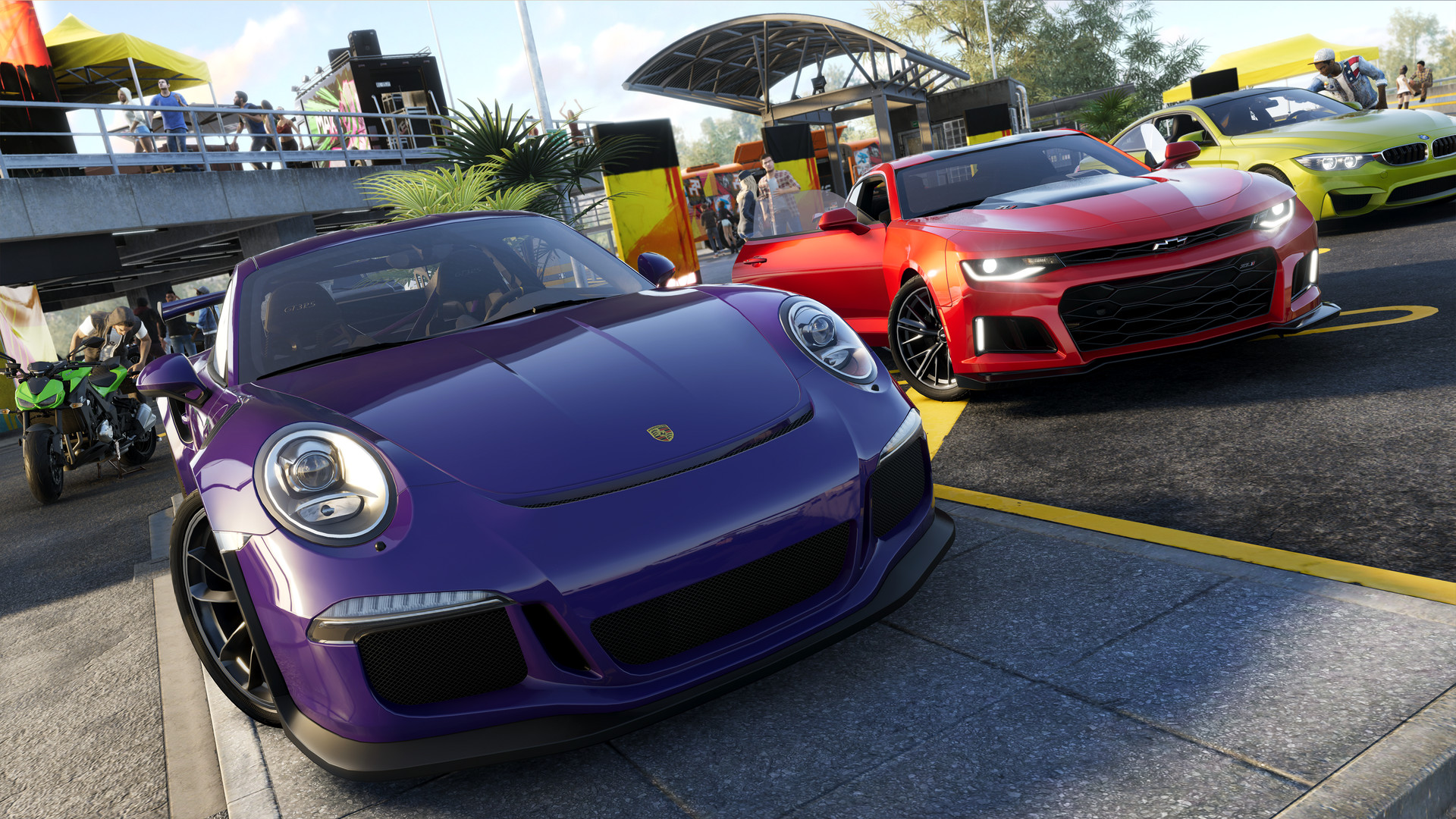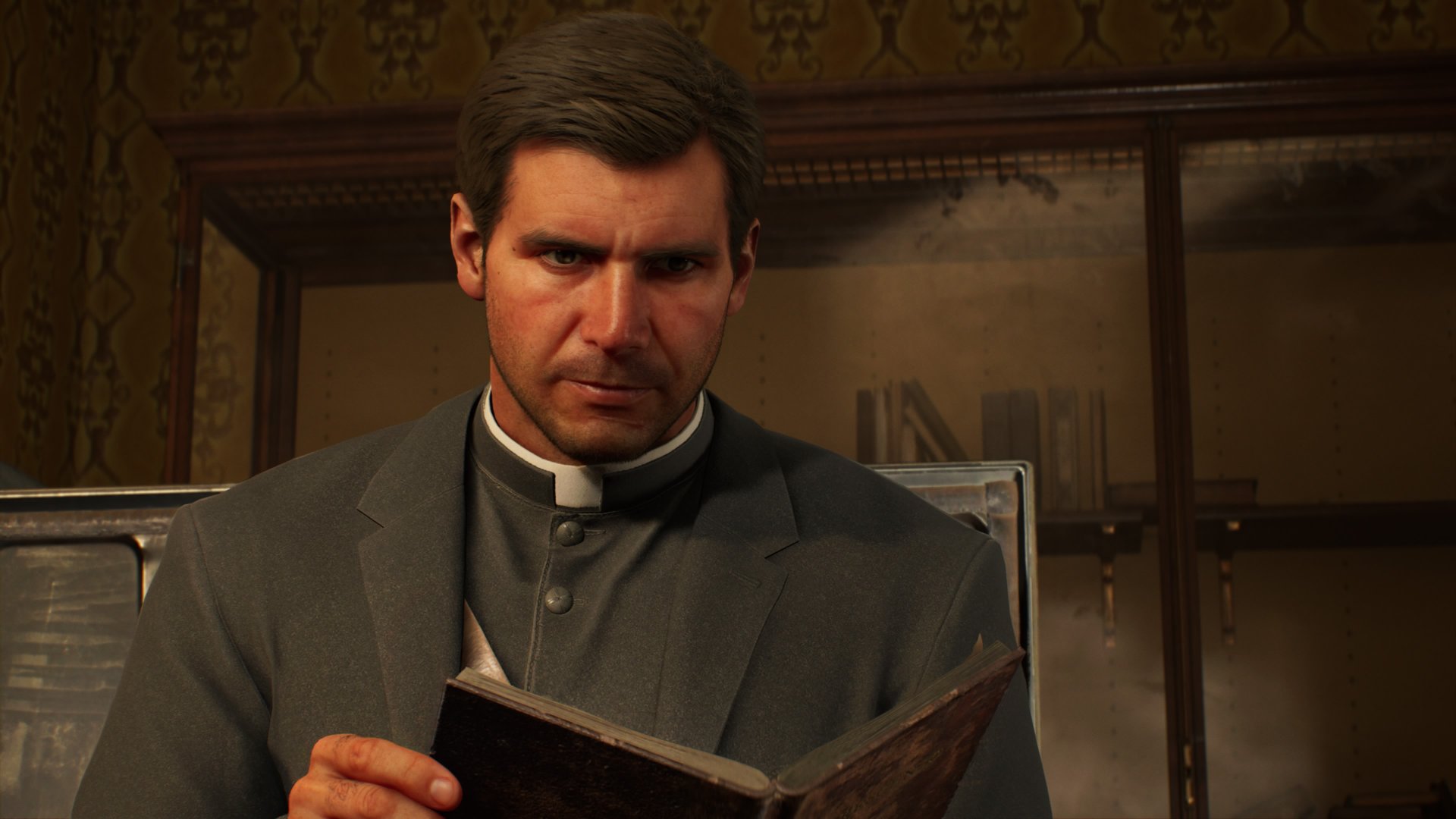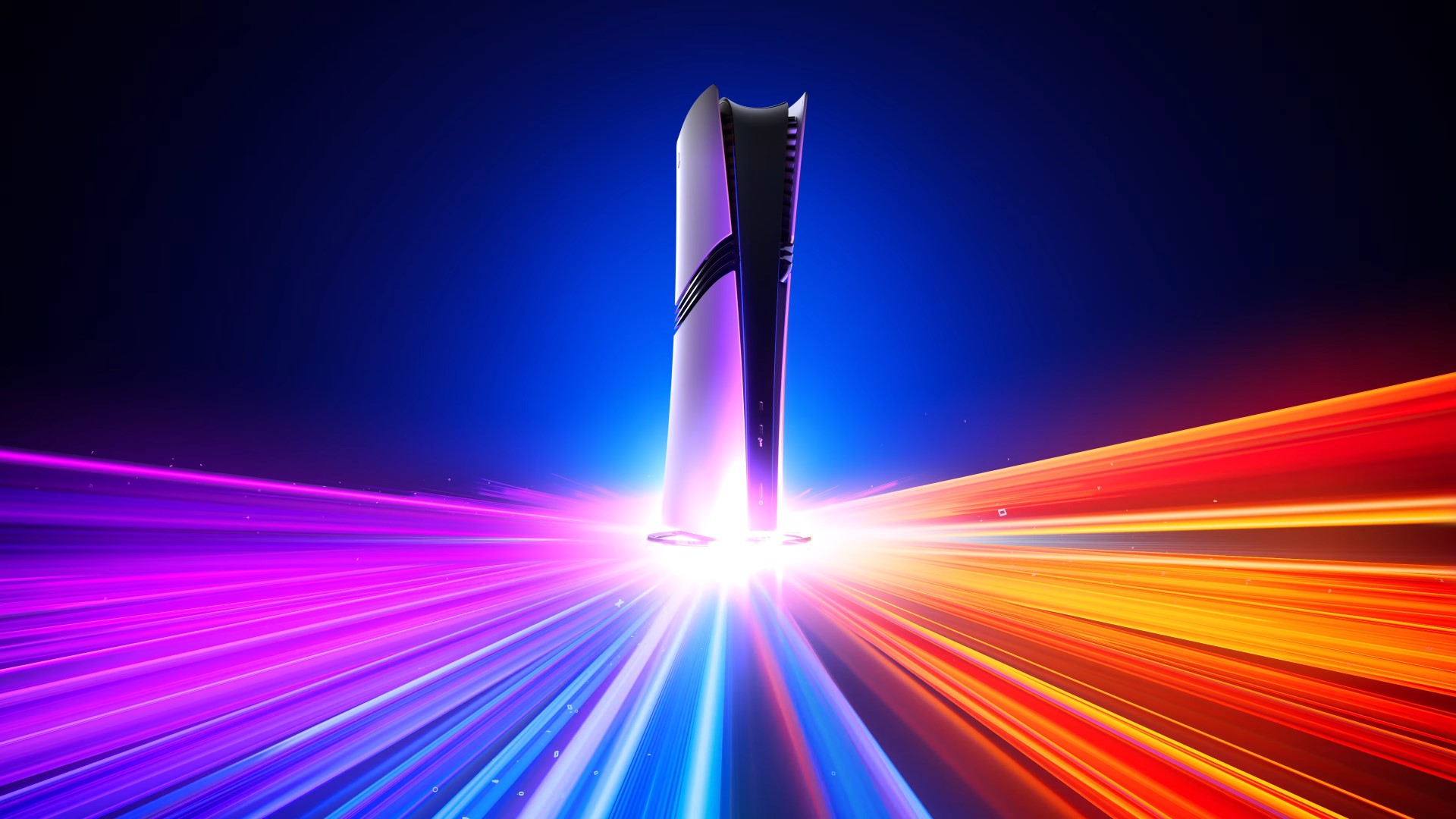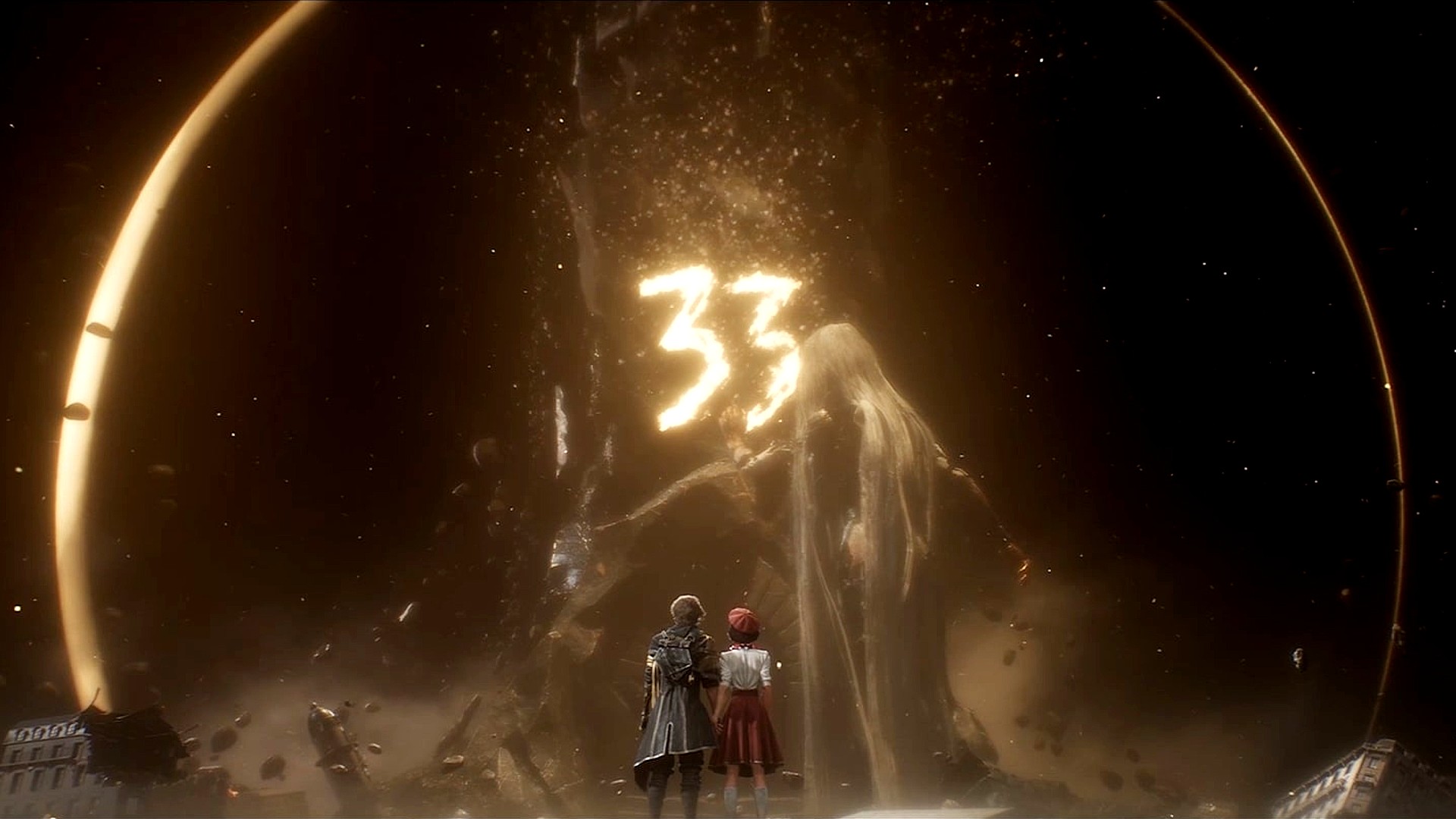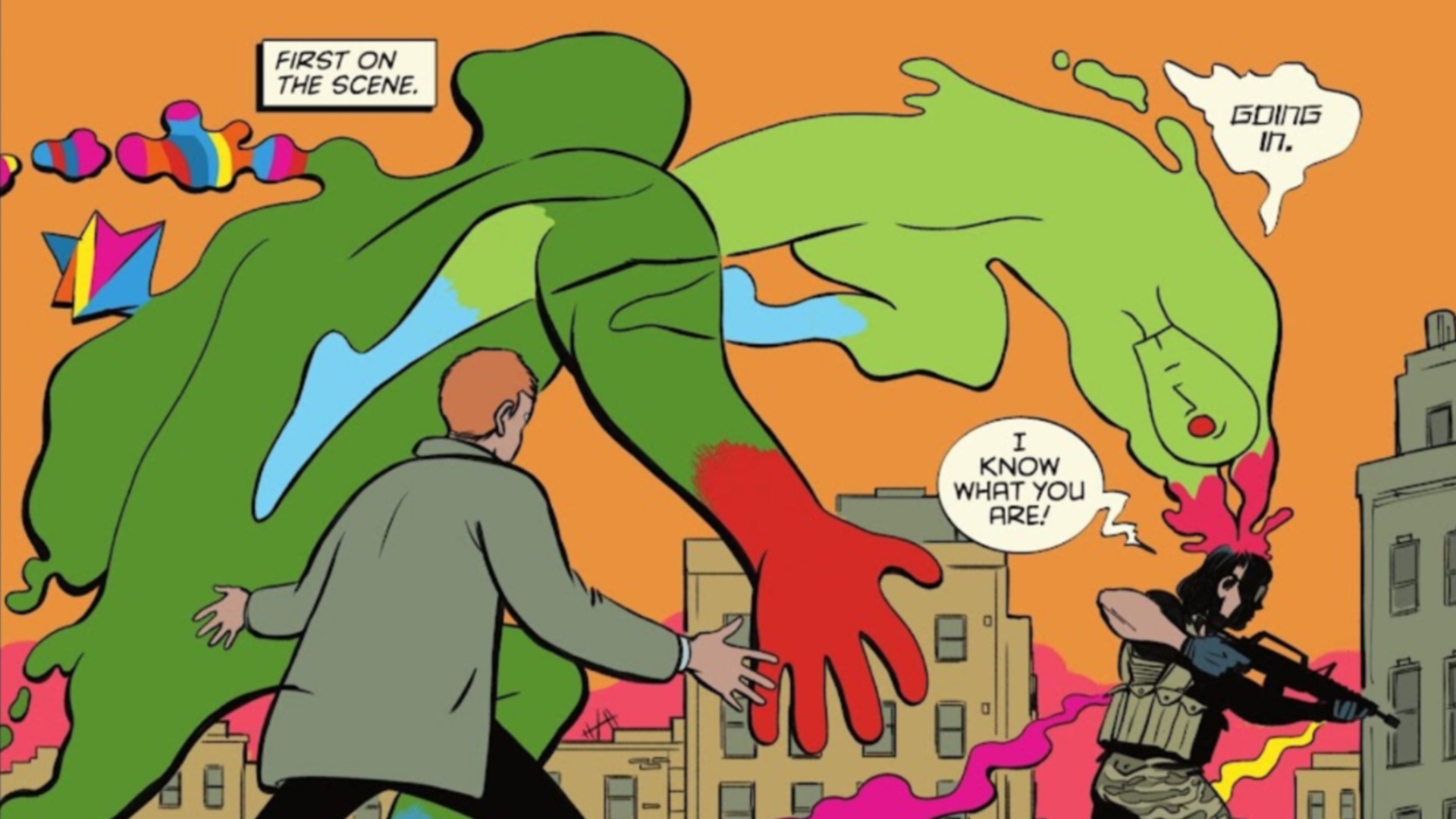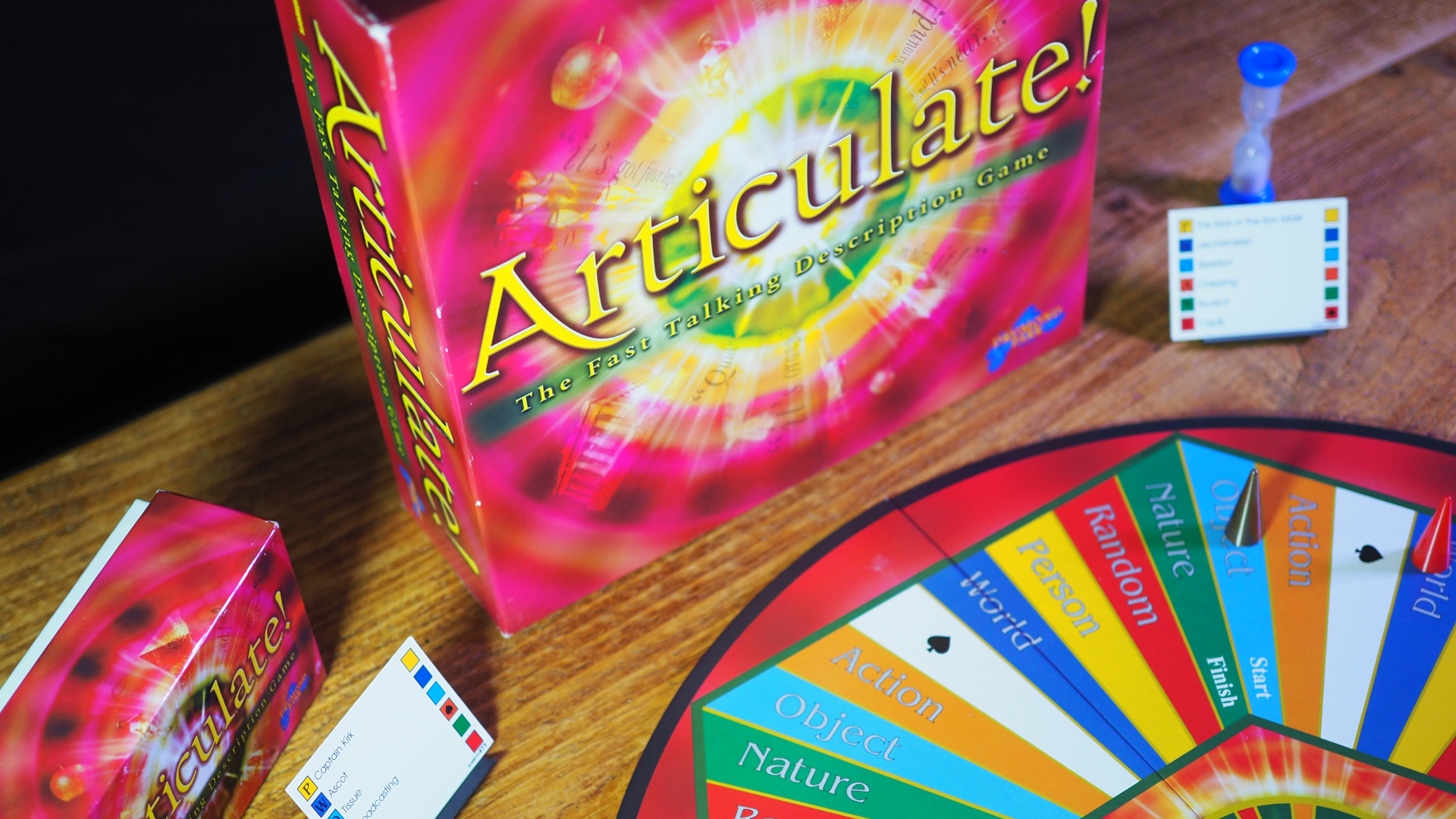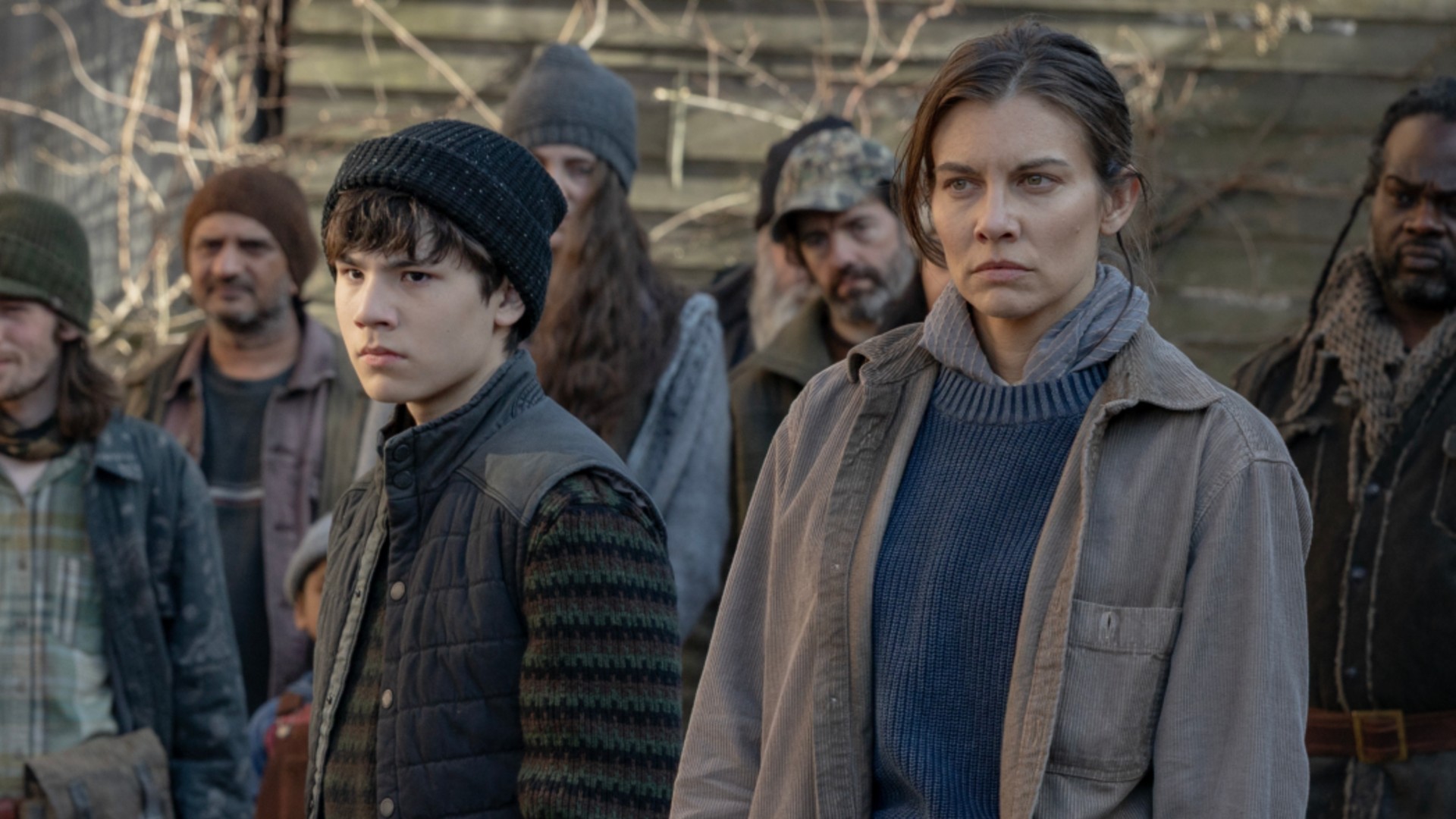When you purchase through links on our site, we may earn an affiliate commission.Heres how it works.
Take the 1988 PC title Lombard RAC Rally.
It was hardly realistic, but it replicated actual courses and entire seasons.
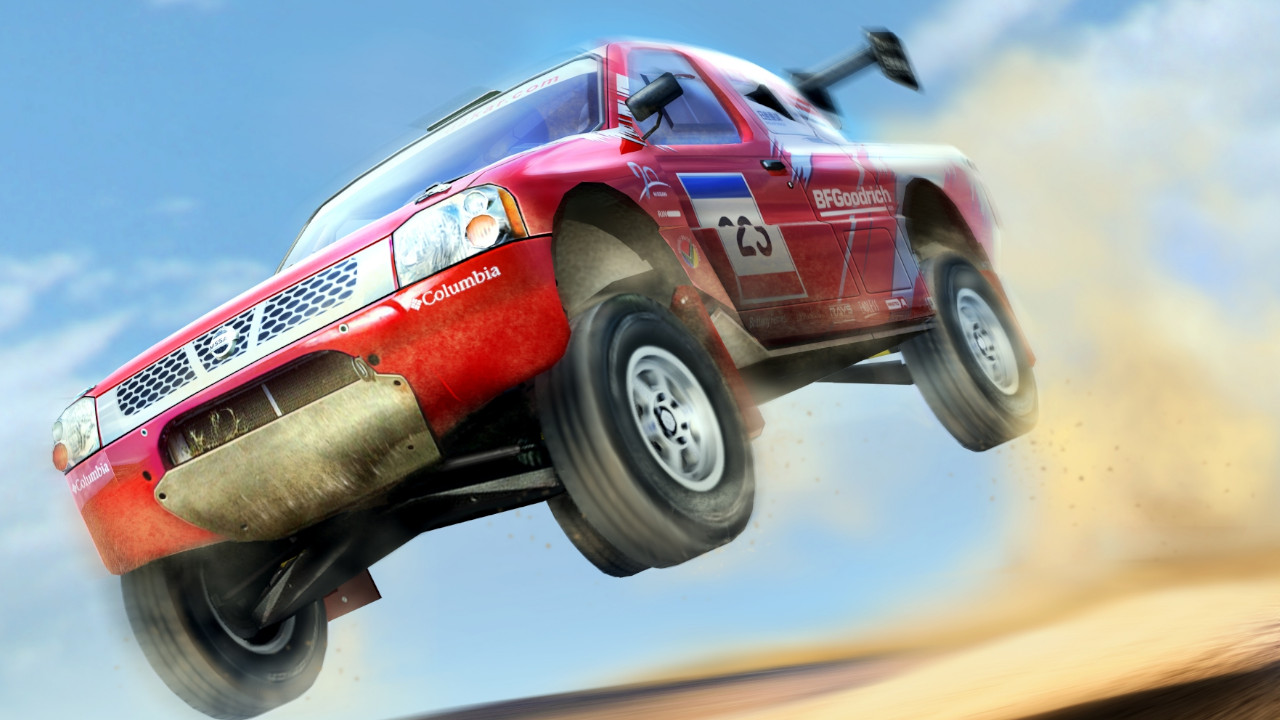
The 1989 coin-op Big Run, by comparison, was Out Run with rally cars.
By 1996, console games had a foot in both camps.
They required longevity, but they were also expected to provide an arcade-like experience.

“A lot of us on the team were bigSegaRally fans,” Chris notes.
It was quite hardcore with long end-to-end special stages, and we referenced that as well.
We really just looked at all of the games that were out there.

Those that remained working on Codemasters' rally title were then sent out to do research.
“That then became TOCA and Colin McRae Rally; we split the team up at that point.
Rallying cry
This feature originally appeared inRetro Gamer magazine.
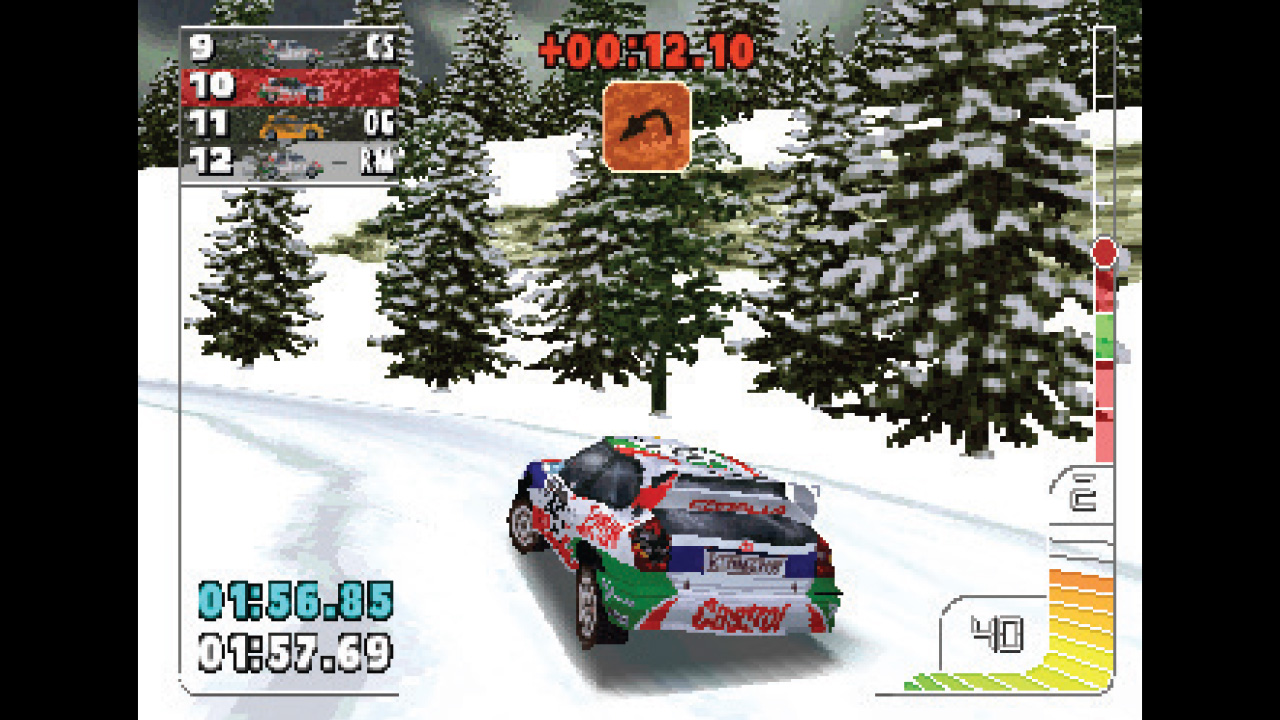
A second consideration was the technical limitations of their target console.
“It also wasn’t possible with integer point maths at that time.
As the internet and digital photography hadn’t yet come of age, this required globetrotting and skilled artists.
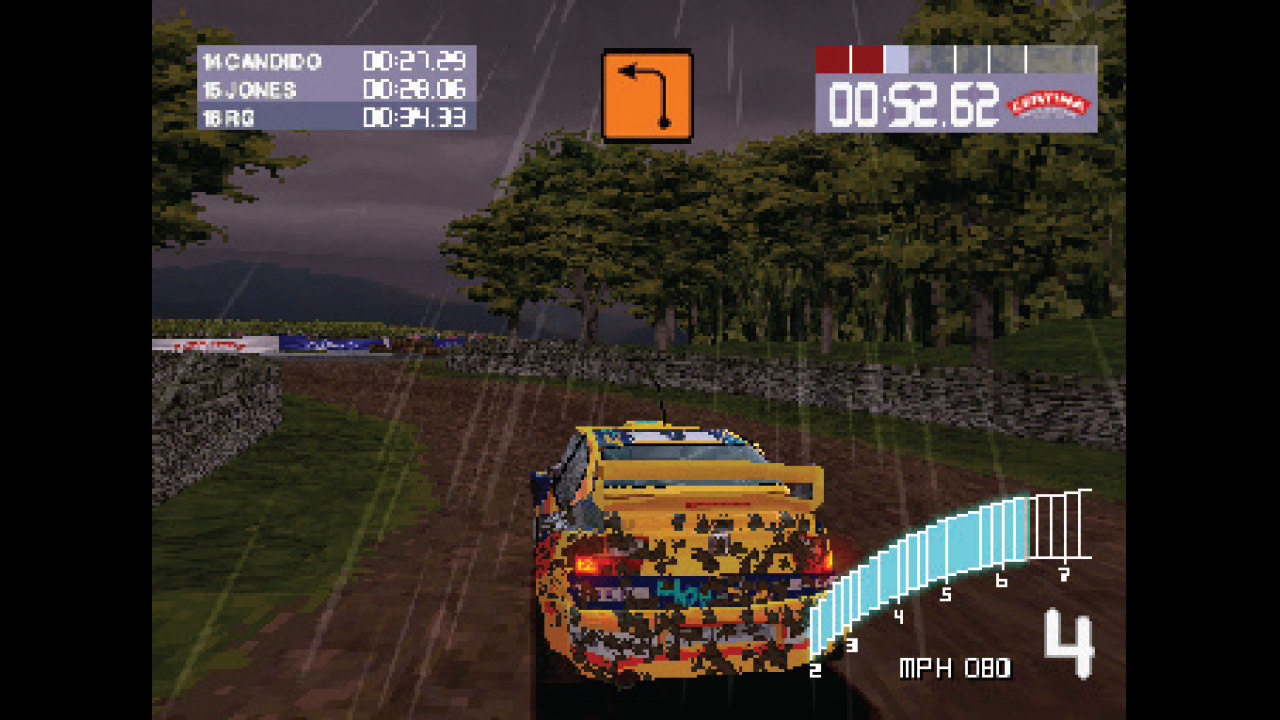
“We sent people to different locations to take reference.
That was important,” Chris emphasises.
Sometimes we would send people working on the track designs as well as artists.

The team also got pointers on the implementation of their game’s cars.
“Both Colin McRae and Nicky Grist were pretty involved,” Chris reviews.
When he read them back you could tell he wasn’t a voice actor!
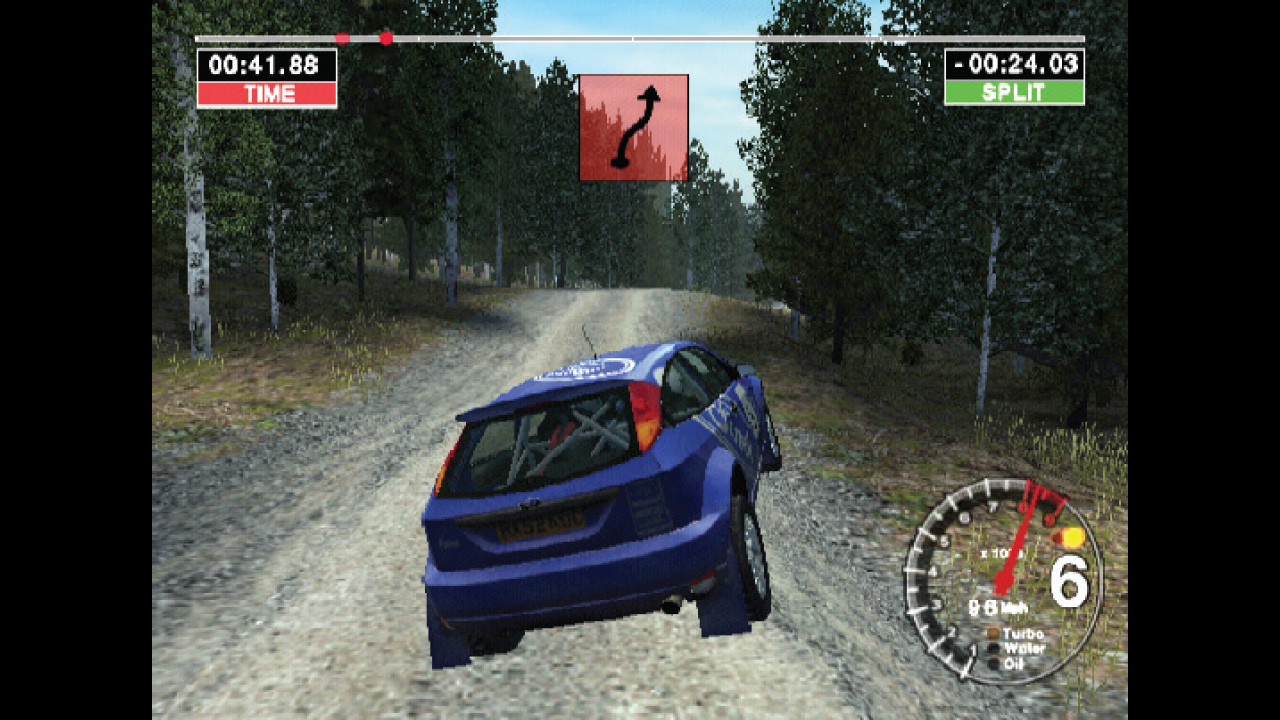
“When V Rally was released we were in mid-dev on Colin McRae Rally,” Chris recollects.
“It was ridiculous, because Colin was just lapping me.
It was night and day how fast he was versus a normal human.
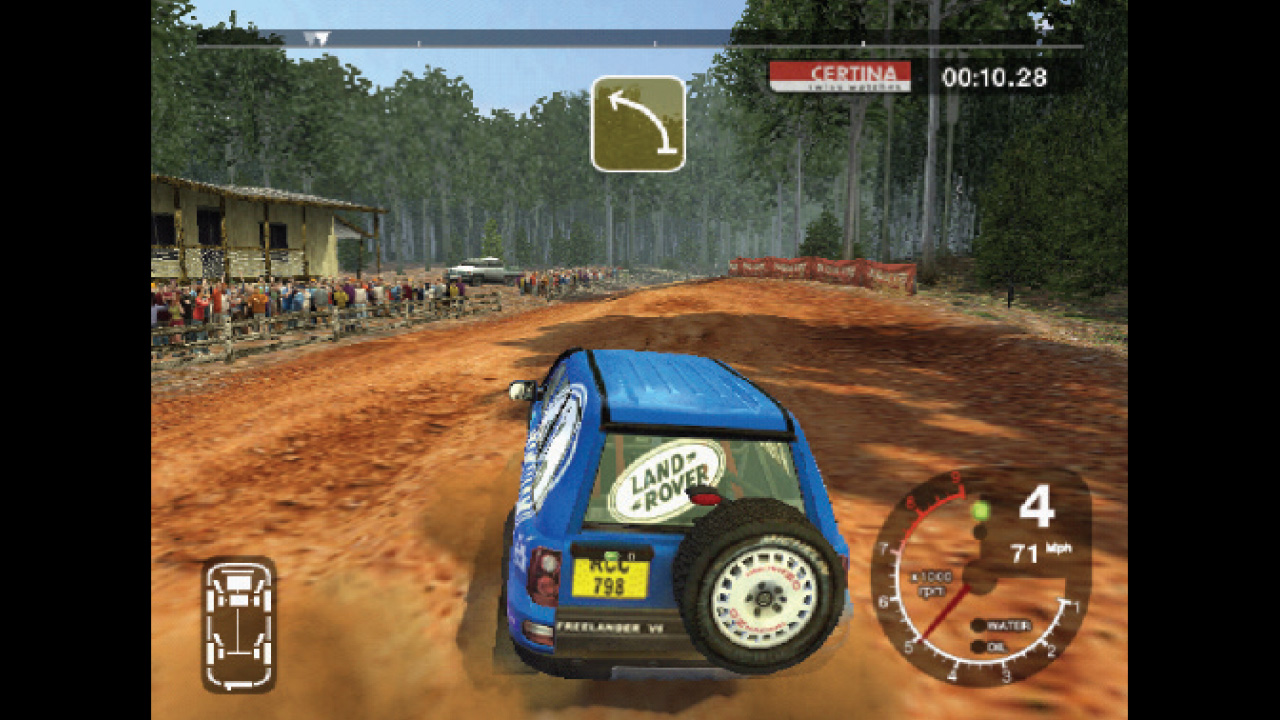
Having that sort of connection was great.
This last point was borne out by Colin McRae Rally selling in its millions on the PlayStation and PC.
“I think the PC multiplayer was where the multi-car Arcade mode in Colin McRae Rally 2.0 came from.

The remaining nations featured in the game could only be unlocked by progressing through its Championship mode.
“Having people work to unlock content encouraged them to appreciate it more.
It was about skill as well.

Whereas having players practice easier stages let you do more with the later track designs.”
Although this option was new to Rally 2.0, it had actually been intended for the original game.
“The different modes and challenges were some of those things.
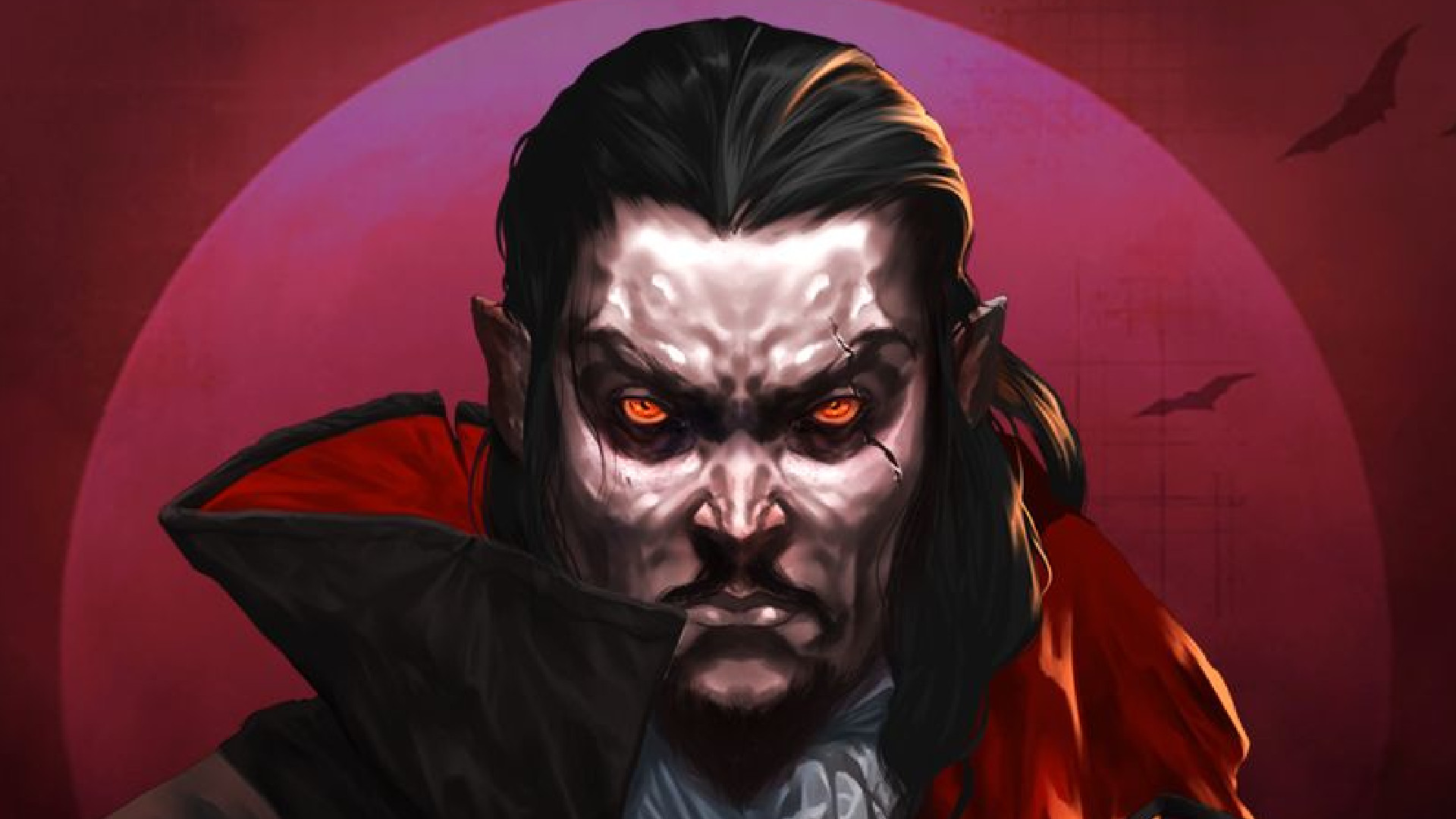
One of these alternative challenges saw players racing in classic cars.
“The selection of classic cars was a combination of what people liked and us wanting to have variety.
It was just interesting to have that variety.

It was also what we were able to use from a licensing perspective.”
“He really pressed the programmers working on that stuff.
It sounds ridiculous these days, but it was quite technically challenging at the time.”
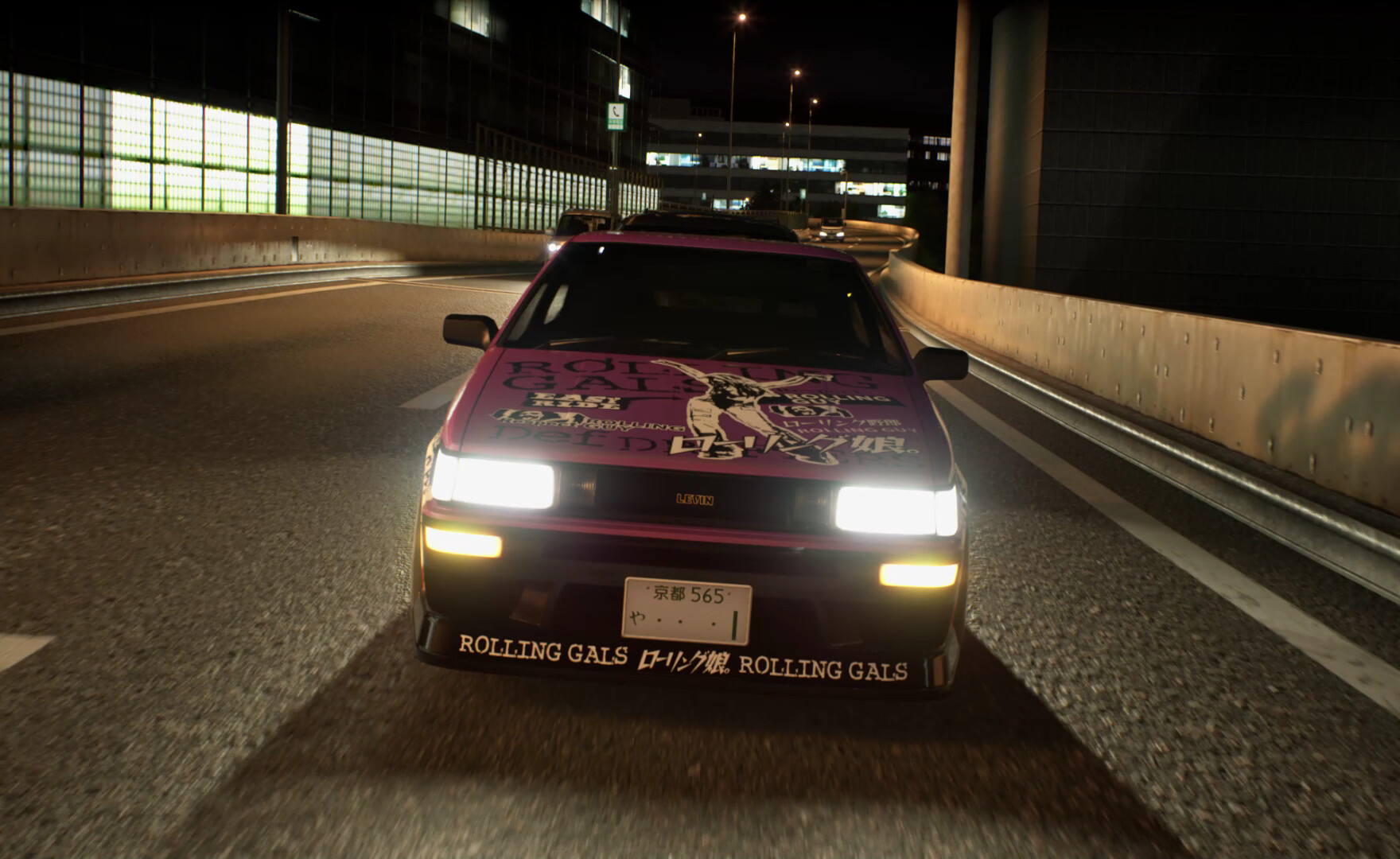
More technical challenges followed as the success of Rally 2.0 led to Colin McRae Rally 3.
“That probably came from a technical focus on getting the game engine stood up,” Chris reckons.
“We were writing our own game engines, and it was the jump to PS2.
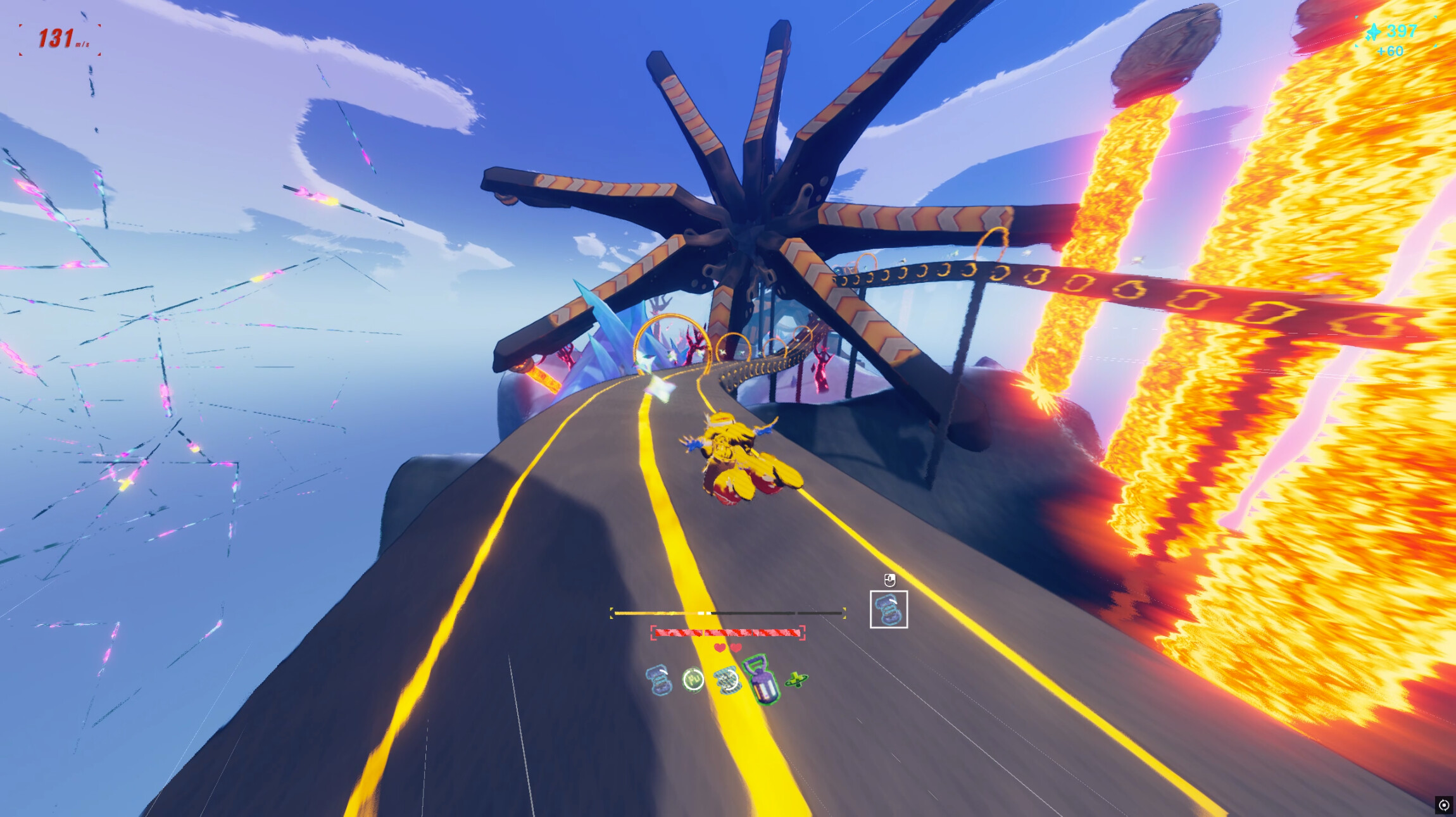
So I think the focus there was naturally far more towards simulation.”
Judging by the response to Rally 3, its leaning towards simulation and linear upgrades were popular choices.
But our aim was still to have an accessible game that was realistic rather than being a sim.
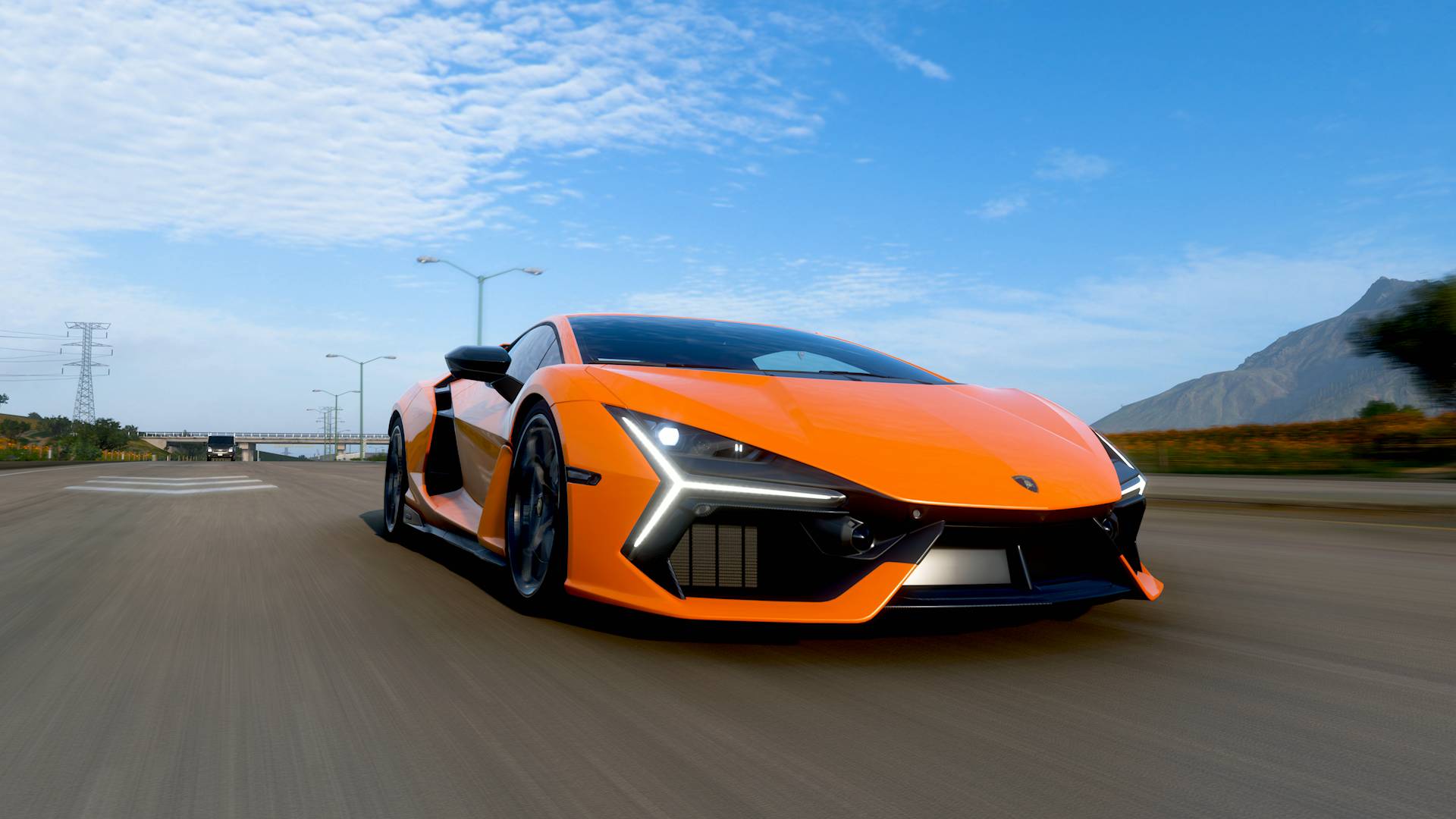
Because it was our second Colin McRae title on PS2 we had more time to develop things.
Another mode showcased insanely powerful cars, and two more focussed on 2WD and 4WD models.
“I just think at that point it was appropriate,” Chris remarks.
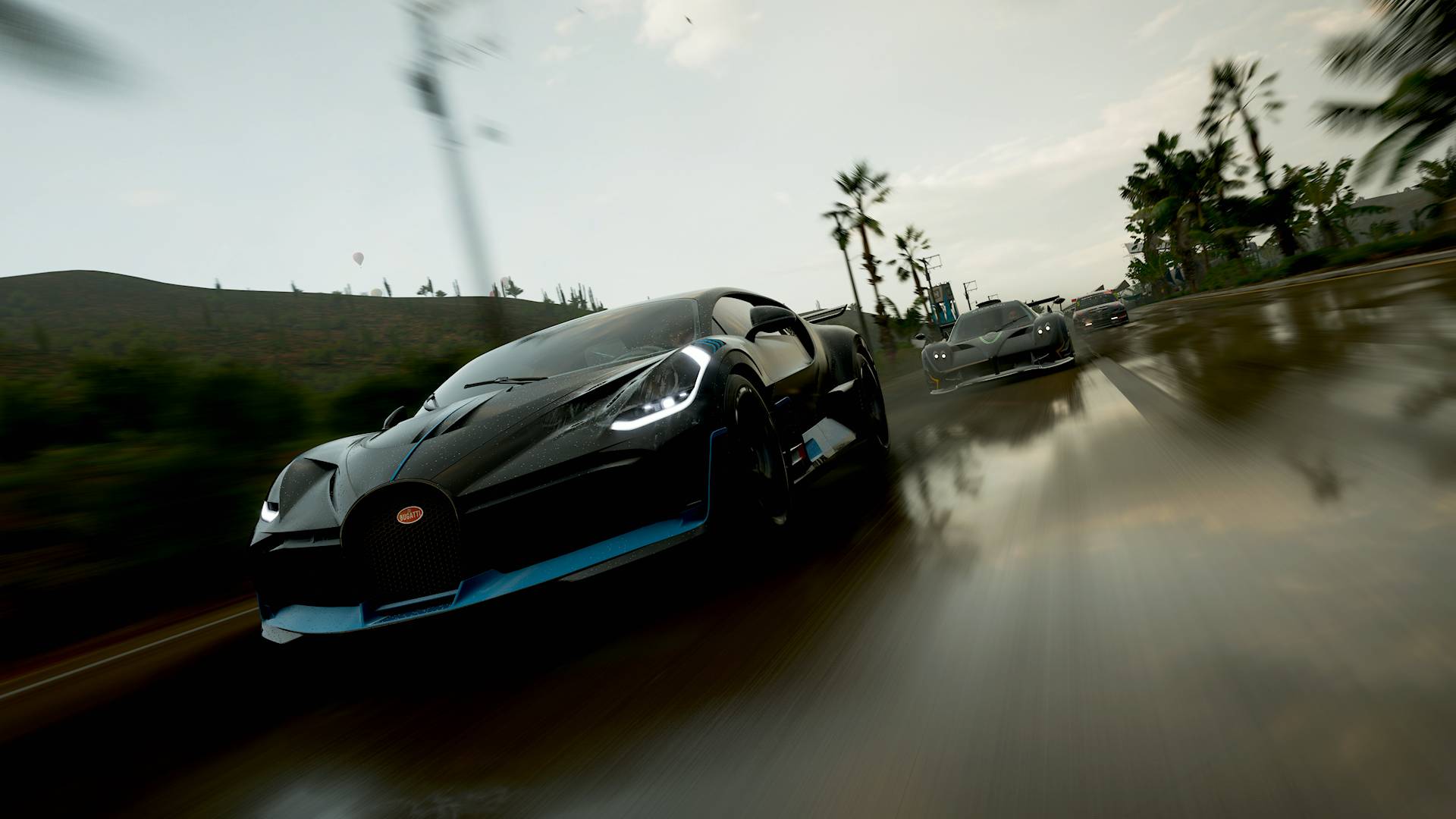
So I just think it was just a fun thing to be able to do.”
Asked about Colin McRae Rally’s legacy, Chris recalls an anecdote and singles out Rally 2.0 for praise.
Ready to put the pedal to the metal?
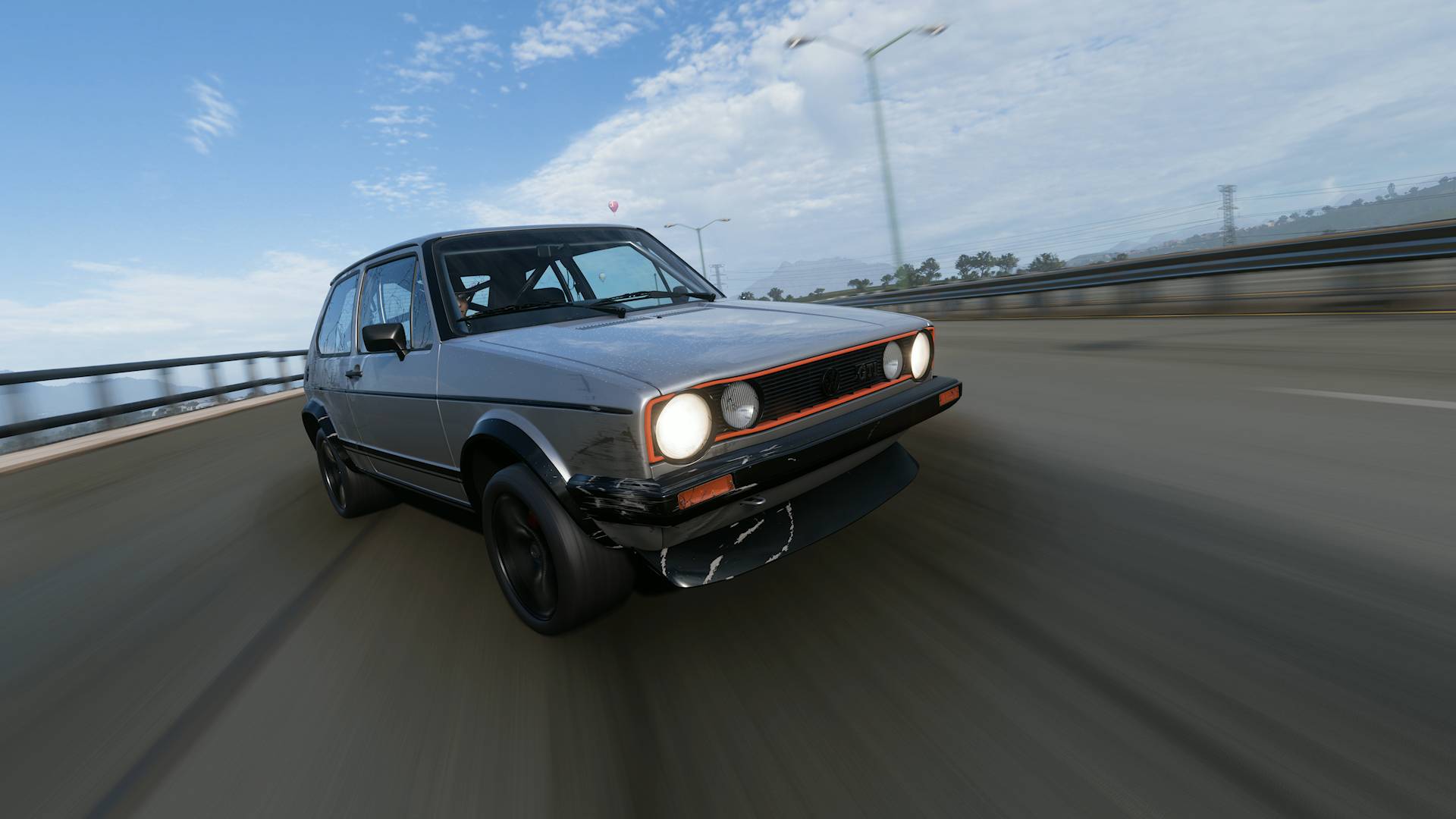
Check out ourbest racing gameslist for what to play next!
